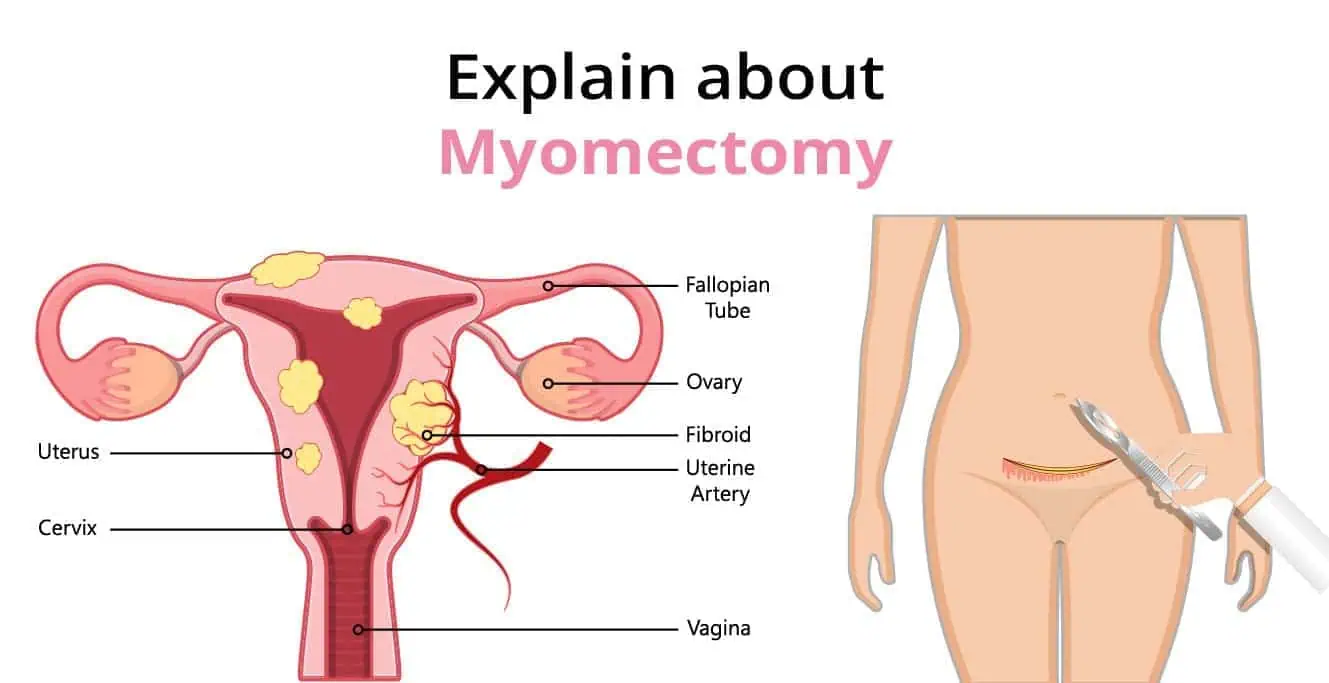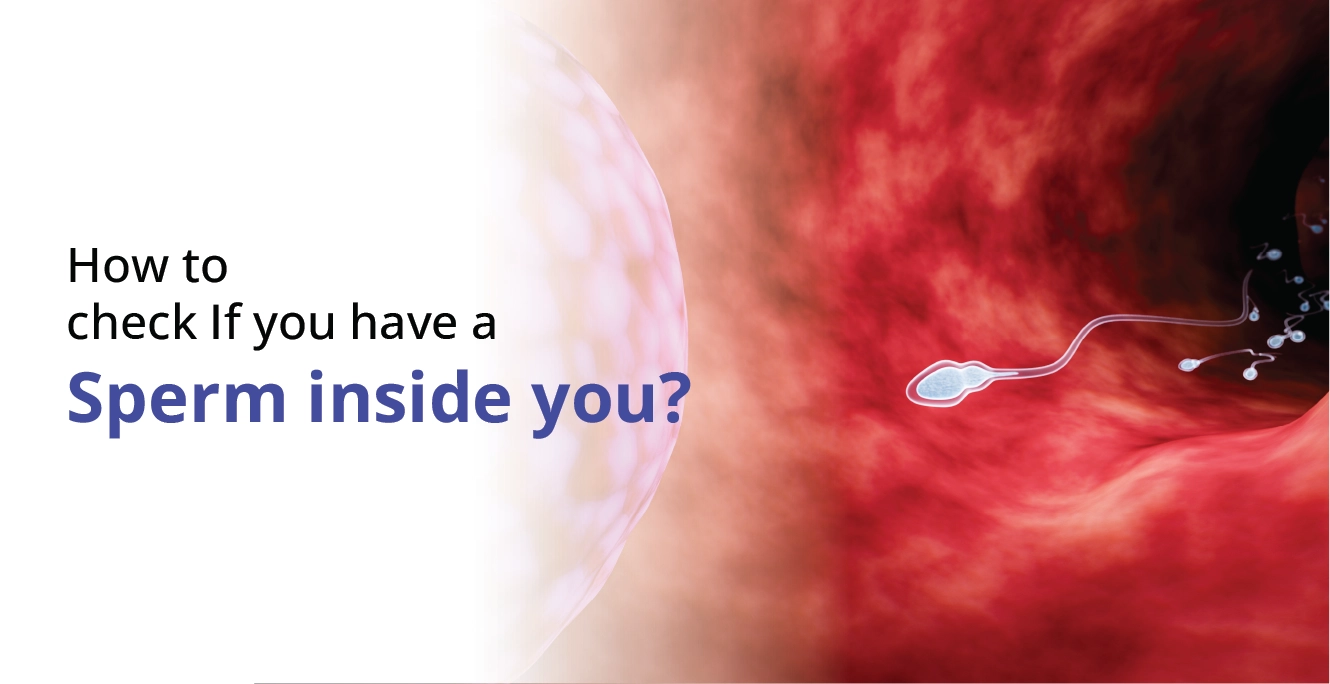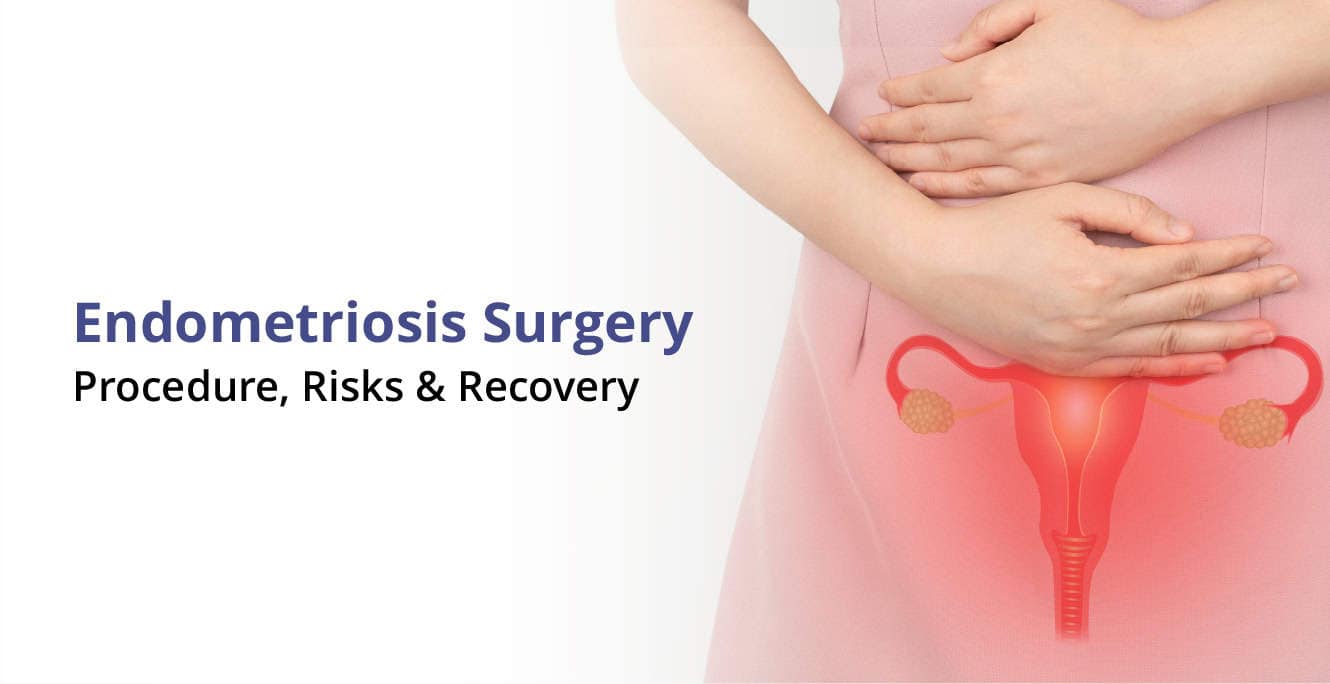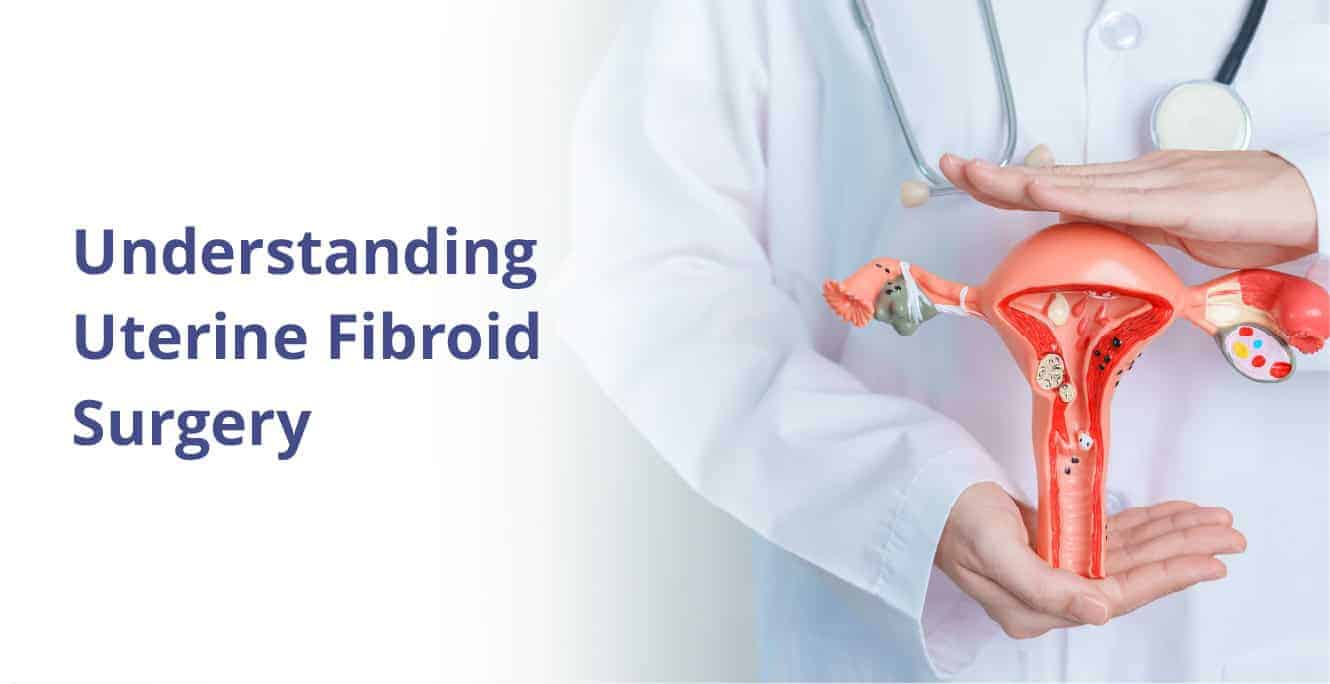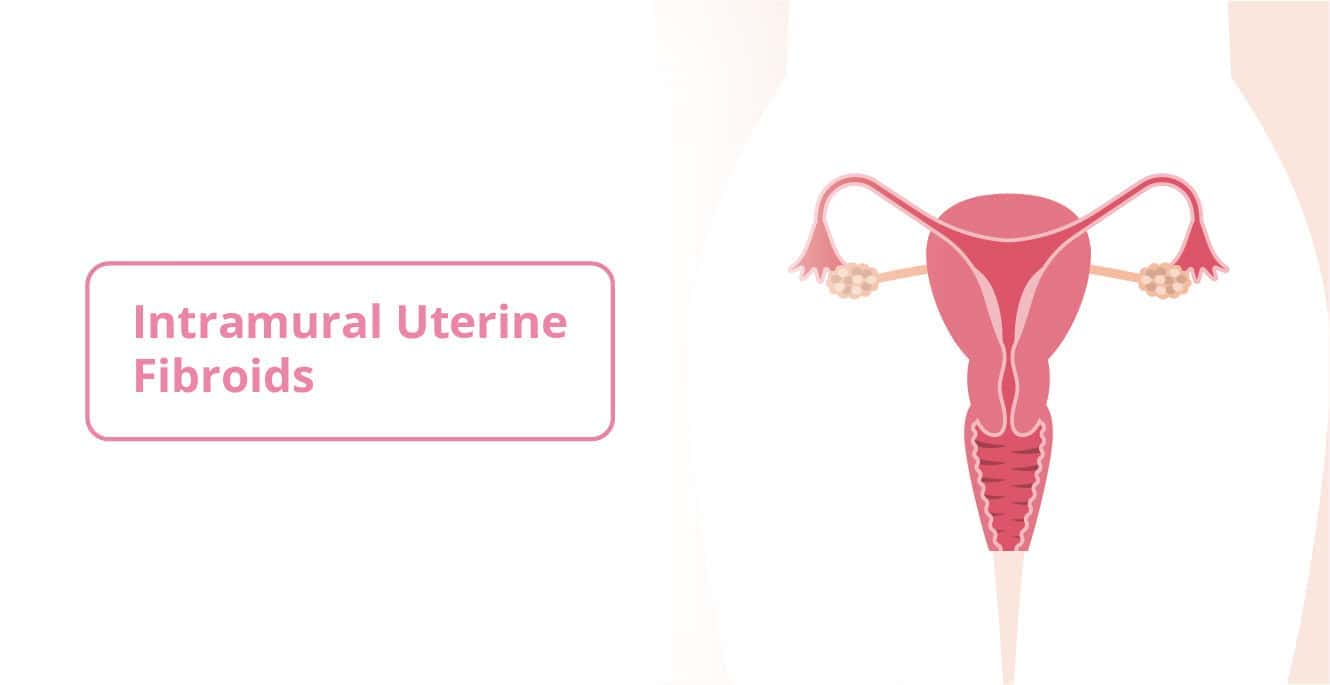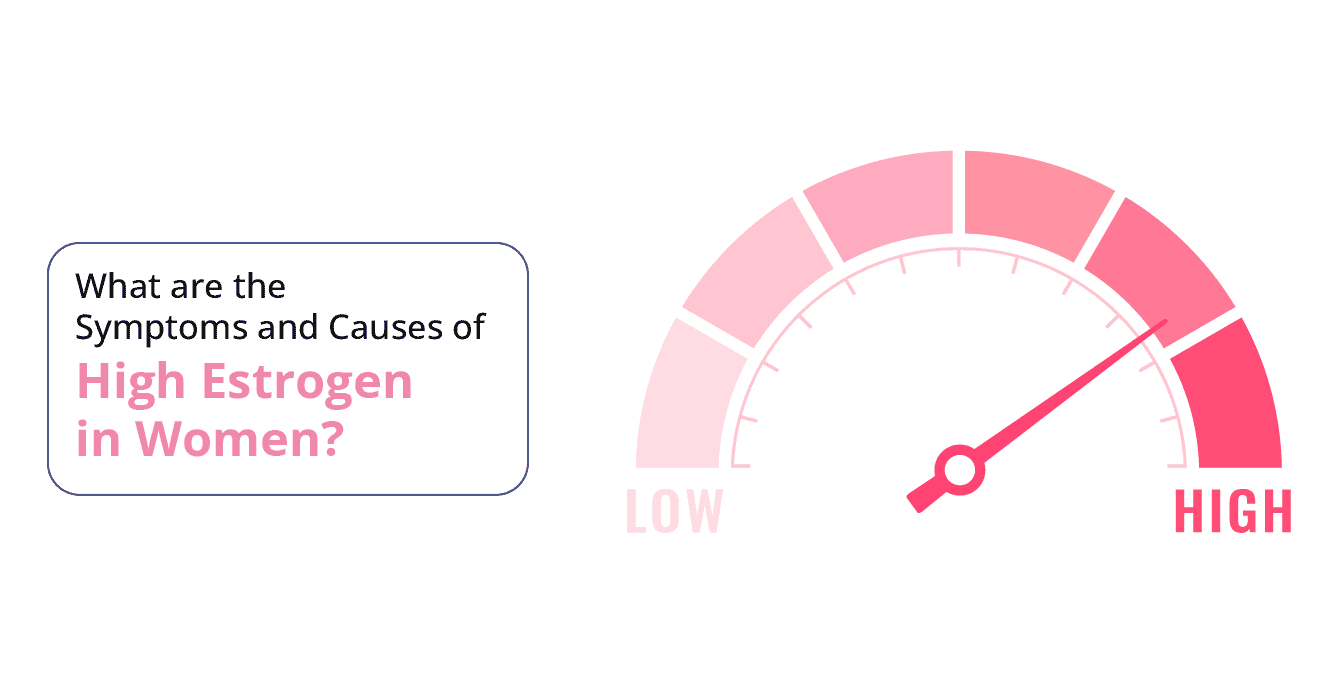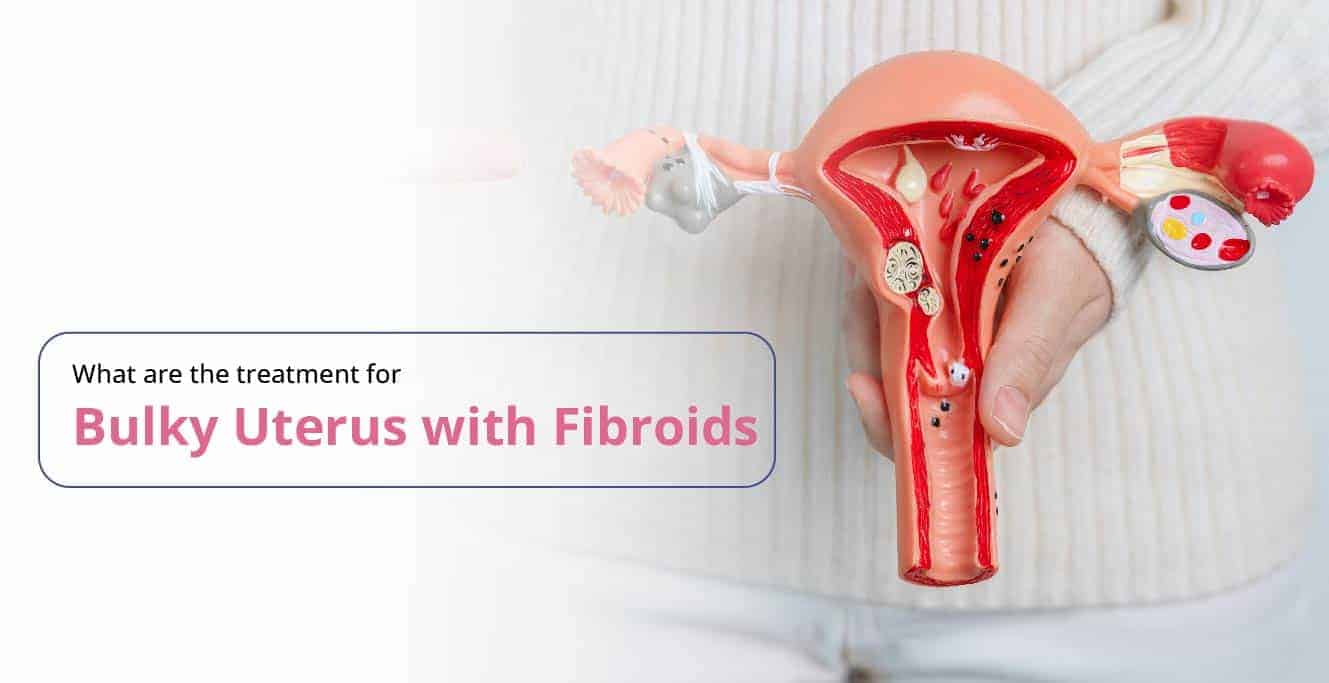Between 25% and 50% of women with uterine fibroids have symptoms, such as pain, heavy periods, and other problems related to their reproductive health. Despite this, there is a lack of awareness about fibroids and the risks they pose.
Source: https://pmc.ncbi.nlm.nih.gov/articles/PMC6247381/
Uterine fibroids, the benign growths that develop in the tissues of the uterus, are a common concern among women of reproductive ages but are still mostly overlooked. These fibroids can cause irregular periods, heavy menstruation, pain, and other reproductive health challenges; therefore, timely treatment is required to prevent any complications. One such treatment is myomectomy. Let’s discuss myomectomy, know how it is different from hysterectomy, and why it is the preferred choice among women who want to get rid of fibroids while preserving their fertility.
What is Myomectomy?
Myomectomy is a surgical procedure performed when women suffering from uterine fibroids experience major symptoms like excessive bleeding, painful periods, pelvic pain, etc.
Depending on the number of fibroids, size, and location, the doctors will decide which kind of uterine fibroid removal surgery will be performed.
Three major kinds of operative surgeries are:
- Abdominal Myomectomy
- Laparoscopic Myomectomy
- Hysteroscopic Myomectomy
Types of Myomectomy & Best Candidates
The following are the three types of myomectomy procedures and for what type of cases, they are best suited for.
- Abdominal (Open) Myomectomy: It is a surgical procedure in which a large incision is made in the lower abdomen to remove fibroids. The general recovery time post-surgery is 4-6 weeks. Open myomectomy is best for candidates having large or multiple fibroids embedded deep in the uterus.
- Laparoscopic Myomectomy: It is a minimally invasive surgery performed using small incisions as compared to large incisions in open myomectomy. The recovery time is usually 2-4 weeks. It is best for individuals having smaller and fewer fibroids.
- Hysteroscopic Myomectomy: It is a minimally invasive and very effective surgical process with no scarring and quick recovery. Patients usually recover within a few days to a week. It is best for fibroids located inside the uterine cavity.
Why is Myomectomy Surgery Recommended?
Doctors may recommend myomectomy operation if fibroids lead to:
- Heavy menstrual bleeding that disrupts daily life
- Irregular periods that cause hormonal imbalances
- Pelvic pain or pressure
- Frequent urination due to fibroid pressure on the bladder
- Infertility or pregnancy complications caused by fibroids
Are there any risks or complications involved?
Myomectomy is performed by qualified surgeons, and there are few chances of any major risks or complications. Especially with Hysteroscopic Myomectomy, there are no risks involved as no incisions are involved.
Some risks and complications commonly associated with Abdominal and Laparoscopic Myomectomy are:
- Pain near the incision
- Abdomen tenderness
- High fever
- Excessive blood loss
- Scar tissue
- Damage to other organs
- Heavy vaginal bleeding
- Vaginal discharge
- Perforated uterus
- Scar tissue blocking the fallopian tubes
- Growth of new fibroids
If you take good care, there is nothing to worry about. The surgery will not affect your uterus and reproductive organs in the long run. You will be able to resume your normal sexual activities a few weeks after the surgery and be able to conceive.
How to Prepare for Myomectomy Surgery?
Proper preparation ensures a smoother procedure and recovery. Here’s what doctors usually recommend:
- Avoid alcohol and smoking at least a few weeks before surgery
- Do not eat or drink anything for 8-12 hours before surgery
- Discuss medications with your doctor, as some may need to be stopped
- Arrange post-surgery help, as movement will be limited initially
What Happens During the Myomectomy Procedure?
Each type of myomectomy procedure has a different approach:
Abdominal Myomectomy:
- Performed under general anaesthesia
- A large incision is made in the abdomen
- Fibroids are removed, and the uterus is stitched back
Laparoscopic Myomectomy:
- Small incisions are made in the abdomen
- A camera and surgical instruments are inserted
- Fibroids are cut into smaller pieces and extracted
Hysteroscopic Myomectomy:
- A scope is inserted through the vagina
- Special tools remove fibroids from the uterine lining
- No external cuts or stitches
Post-Surgery Precautions & Recovery
Recovery depends on the type of myomectomy surgery, but here are general guidelines:
- Rest and limited movement in the first few weeks
- Avoid lifting heavy objects for at least a month
- Drink plenty of water to prevent constipation
- Monitor for infection symptoms, such as fever or excessive pain
- Follow-up appointments to ensure proper healing
How Myomectomy Affects Pregnancy & Fertility
One of the biggest advantages of myomectomy surgery over a hysterectomy is that it preserves fertility. Here’s how it impacts pregnancy:
- The uterus remains intact, allowing for pregnancy
- Some women may need to wait 3-6 months before trying to conceive
- Scar tissue from open myomectomy surgery may increase the need for a C-section
- In some cases, fibroids may regrow, affecting future fertility
If you are planning pregnancy after a myomectomy procedure, you might also want to explore your options with IVF treatment.
Myomectomy vs. Hysterectomy: What’s the Difference?
| Factor | Myomectomy | Hysterectomy |
| Definition | Surgical removal of fibroids while preserving the uterus | Surgical removal of the entire uterus, sometimes with ovaries and fallopian tubes |
| Purpose | Treats fibroids while maintaining fertility | Treats severe fibroids, cancer, or uncontrollable bleeding |
| Impact on Pregnancy | Possible to get pregnant after surgery | Not possible, as the uterus is removed |
| Types of Surgery | Abdominal, Laparoscopic, Hysteroscopic | Partial, Total, Radical |
| Recovery Time | 2-6 weeks, depending on the method | 6-8 weeks for open surgery, shorter for minimally invasive methods |
| Menstrual Cycle | Continues as the uterus remains intact | Stops permanently since the uterus is removed |
| Fibroid Regrowth | Possible, as the uterus remains | No chance, since the uterus is removed |
Key Takeaway:
- A myomectomy is ideal for those wanting to keep their fertility options open.
- A hysterectomy is a permanent solution that eliminates fibroids completely.
- For women approaching menopause, a hysterectomy may sometimes be considered a more permanent solution.
- The right choice depends on your age, symptoms, and future pregnancy plans.
Final Thoughts
A myomectomy operation offers hope to women seeking relief from fibroids while preserving their dreams of motherhood. Whether it is an open, laparoscopic, or hysteroscopic myomectomy, the right choice depends on your unique needs. Recovery may take time, but with the right post-surgery care and expert guidance, you can heal smoothly and move forward with confidence.
At Birla Fertility & IVF, we understand the emotional and physical journey of fibroid treatment. Our specialists are here to support you every step of the way, helping you choose the best approach for your health and fertility goals. If you are considering fibroid surgery, reach out to us—we are here to care for you.
FAQs :
Is a myomectomy like a C section?
Yes, a Myomectomy is similar to a c-section however it is surgically performed, but the outcomes of both surgeries are different. A C-section is done to deliver a baby, whereas a Myomectomy helps remove uterine fibroids. Also, once a woman has been through this procedure, she will have to opt for a c-section in future pregnancies.
Can you get pregnant with a myomectomy?
Yes, it is possible to get pregnant after you have undergone through a Myomectomy surgery. It is just a surgical process performed to remove uterine fibroids in women of reproductive ages. Myomectomy is often confused with a hysterectomy, but they are different surgical procedures.
Is pregnancy after Myomectomy high risk?
No, pregnancy after Myomectomy is not high risk, but you will not be able to do standard delivery after an Abdominal Myomectomy. You will have to opt for a c-section during childbirth. Some more lifestyle changes will also need to be implemented during the pregnancy.


